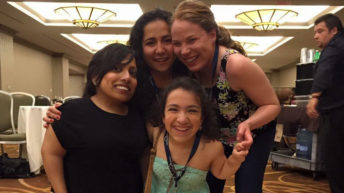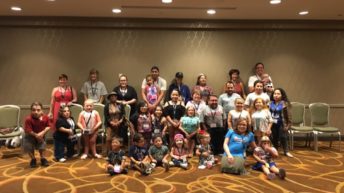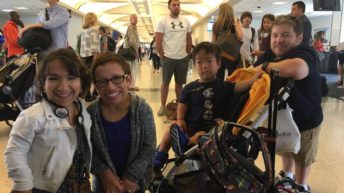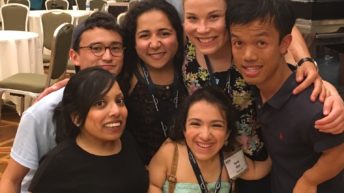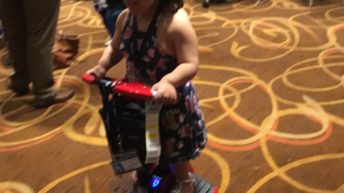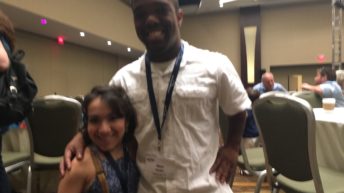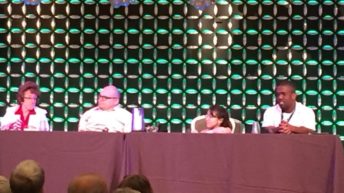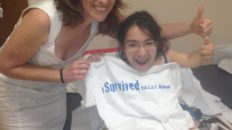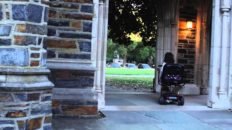My parents and grandparents knew I was going to be a Little Person even before I was born. Since as long as I can remember, I have been going from doctor to doctor in states on both the west and east coasts trying to find a geneticist who could properly diagnose the type of dwarfism I have, as well as a surgeon who could potentially perform limb lengthening surgery in the event I decide I want to gain extra height in my legs to be as independent as possible.
But before we even started thinking about limb lengthening surgery, we still needed to figure out what type of dwarfism I have. I’m not your typical “Little Person” when you first see me. The truth is, there are over 200 types of dwarfism, each with their own special subtype. The most common form of dwarfism is called Achondroplasia, and is the type that most people immediately think of when they think of Little People. People with Achondroplasia normally have an average size torso with shorter limbs and a larger head, like Matt Roloff’s son, Zach Roloff, on Little People, Big World. The problem is not a lot of people realize that there are over 200 types of dwarfism and immediately assume that because I am a Little Person, I have Achondroplasia.
But…I never actually fit the true characteristics and features of someone with Achondroplasia. Yes, I was small, but I was significantly smaller than someone with Achondroplasia. Finally, 10 years after I was born, in 2005, we traveled to Belgium (yes we went across the world too because the top renowned geneticists in the country, such as in California or Delaware, were not able to diagnose my type of dwarfism), where I was finally diagnosed with my dysplasia by Dr. Geert Mortier: Spondyloepimetaphyseal dysplasia on the anauxetic dysplasia spectrum. What makes this type of dysplasia different from others is that my ligaments are very lax (which can come in handy for some cool party tricks where I bend all of my fingers back to freak people out), and the way my bones are formed and shaped, especially in my fingers, are thicker and more “bullet shaped.” The laxity, however, plays to my advantage later on when I do get limb lengthening surgery.
At that time, this type of dysplasia was so rare that I was one of five people in the world that had this type of dysplasia.
But now, I am involved in Little People of America, an organization and social network where I am able to meet other Little People with my or similar type of dwarfism – SED or SEMD. I never realized how good it feels to have friends who have been through similar situations and life events that only Little People can understand, and how we are now allies in a world that is not necessarily the most accommodating, but that we can fight together to change people’s perspectives about us.
Photos from LPA National Conference 2016


